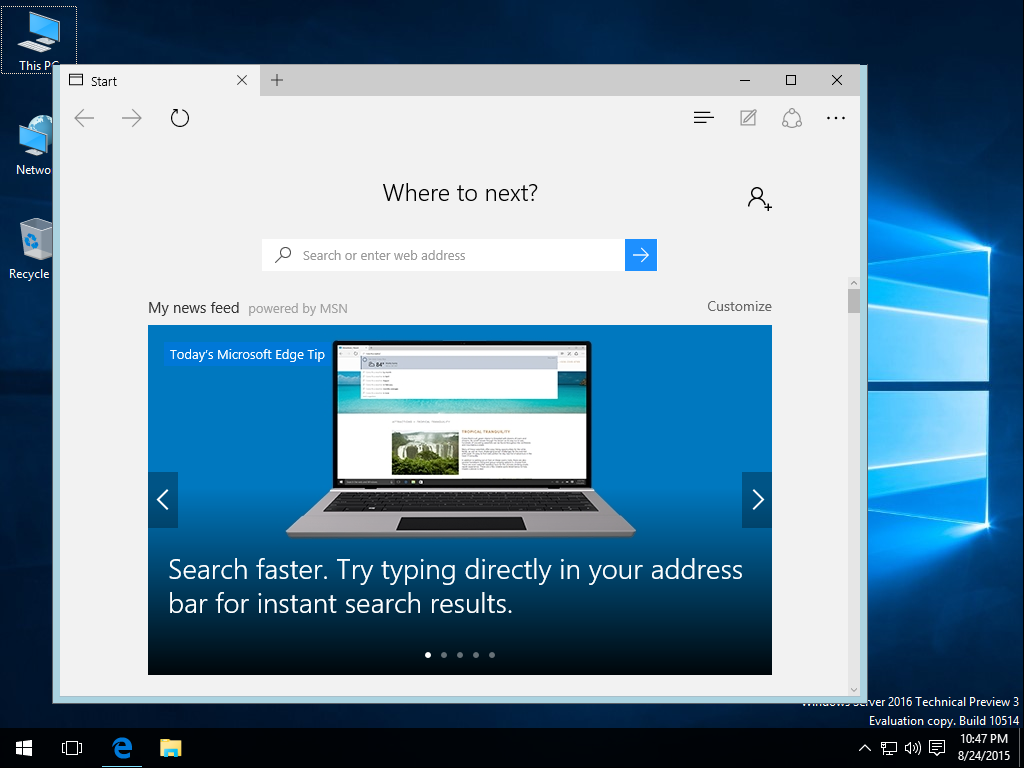


To top it off, the OK button is grayed out and is unclickable. Instead of the shiny new Edge browser, you are greeted with a very confusing message about needing a new app to open the new Edge app. When clicking the “Switch now” button a dialog box pops up asking for permission to start the app.Įverything looks promising so far, but once allow is clicked, that’s where the problem starts. This would imply that it is already installed on the server through Windows Updates. When launching Internet Explorer from Windows Server 2016, you are greeted with the default MSN homepage that is more than happy to advertise the new Edge browser and the opportunity to simply switch to it. That’s not quite the experience you get from Windows Server 2016 or Windows Server 2019. Other than the Operating System not matching directly, the rest of the process of downloading and installing the Windows 8.1 version on Windows Server 2012 R2 works fine. When looking at the dropdown arrow to see what other options there are, there is no option for any Windows Server operating system older than 2016. Otherwise, stick around to read the story of what you likely have tried as well in your attempts to run Edge in Windows Server 20.įrom Windows Server 2012 R2, when I reach Microsoft Edge’s download page ( ), I get prompted to download the version for Windows 8.1. Scroll to the end of the blog section titled “Introducing Microsoft Edge for business” to find the fix for installing Microsoft Edge on Windows Server 2016 and Windows Server 2019. As such, instead of installing Chrome on Microsoft Windows server operating systems lately, I’ve been trying to use Edge, but Microsoft hasn’t made it easy. Microsoft got on the train at the beginning of last year by updating its version of its Edge browser to also use the Chromium engine, and now I dare say it is comparable to Chrome in using it. In fact, support for that now labeled Microsoft Edge Legacy browser ended March 9, 2021. Microsoft’s initial release of their Edge browser was built on their proprietary engine EdgeHTML, and didn’t quite keep up. With its Chromium backend, it handles all HTML5 websites thrown at it. When I need an actual browser on a Microsoft Windows server operating system (Windows Server 2012 R2, Windows Server 2016, or Windows Server 2019), my usual go to has been Google’s Chrome.


 0 kommentar(er)
0 kommentar(er)
